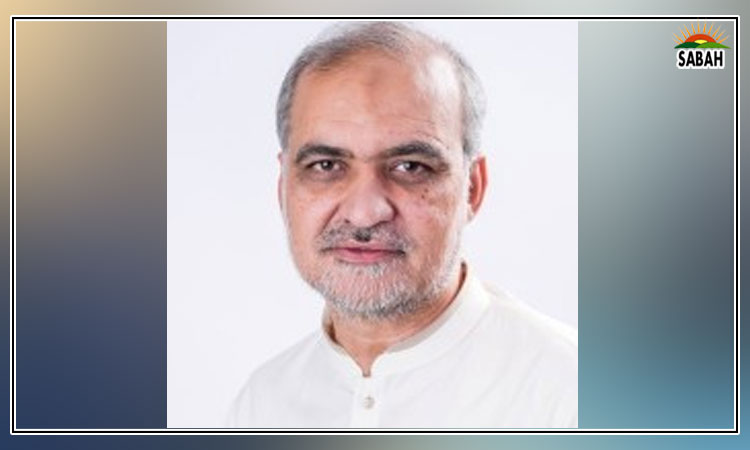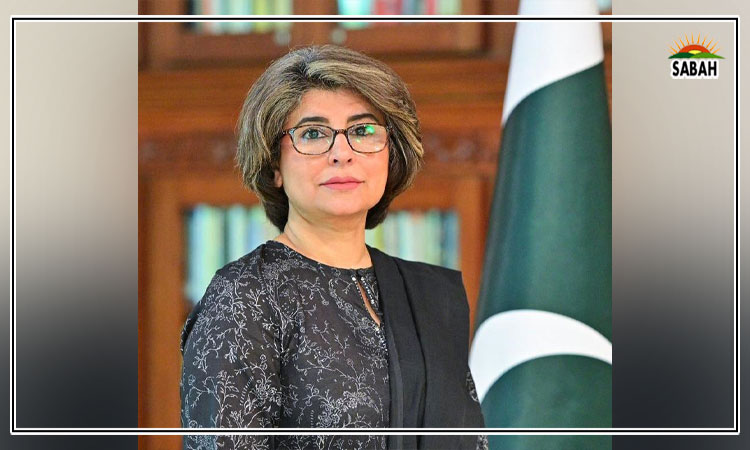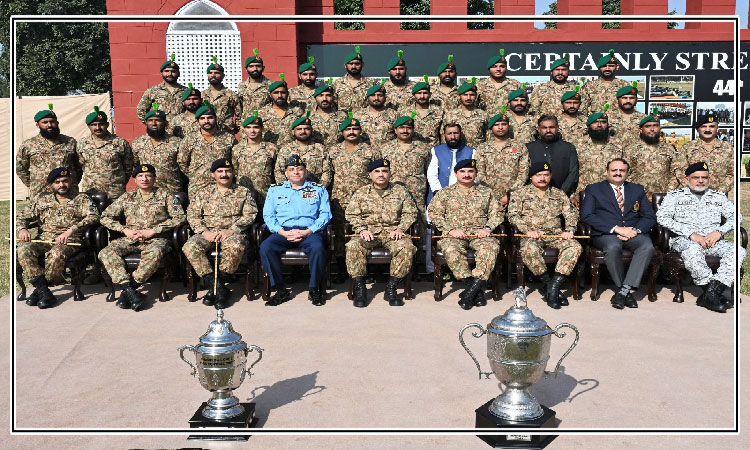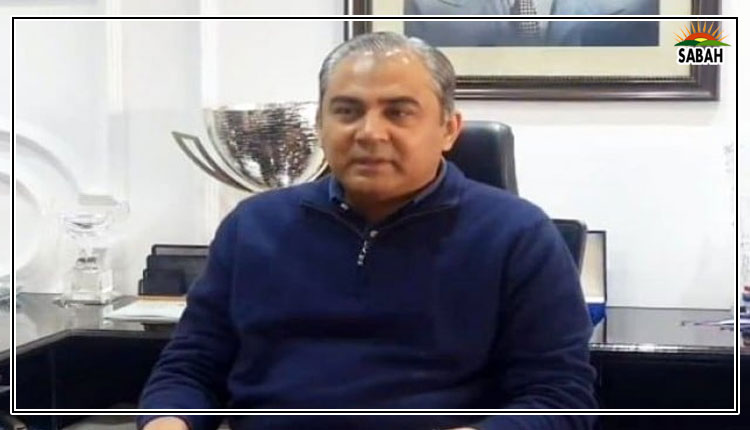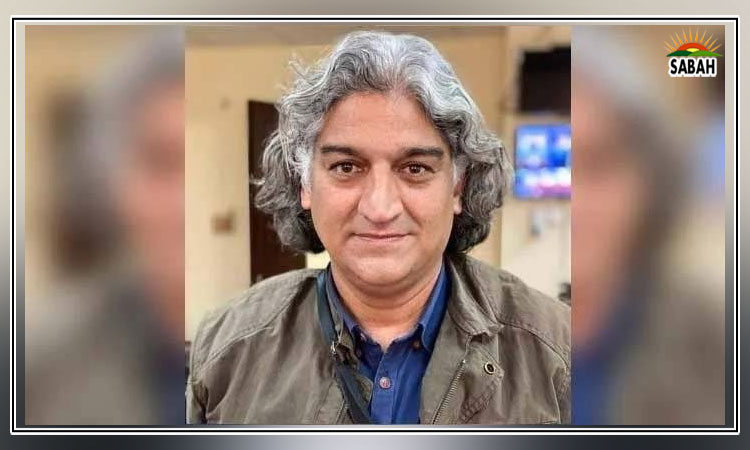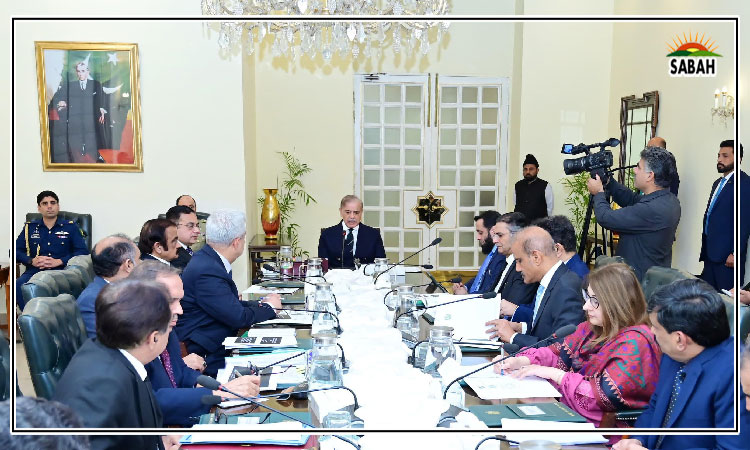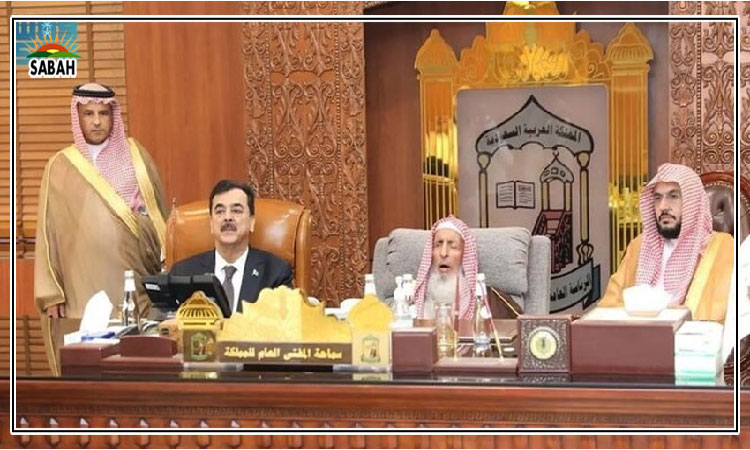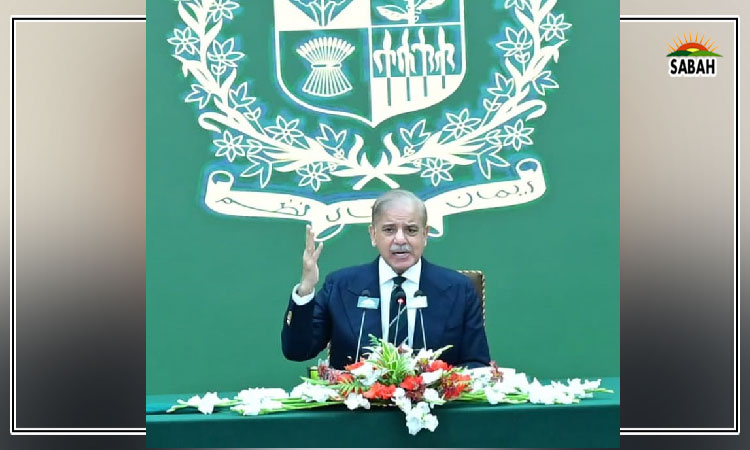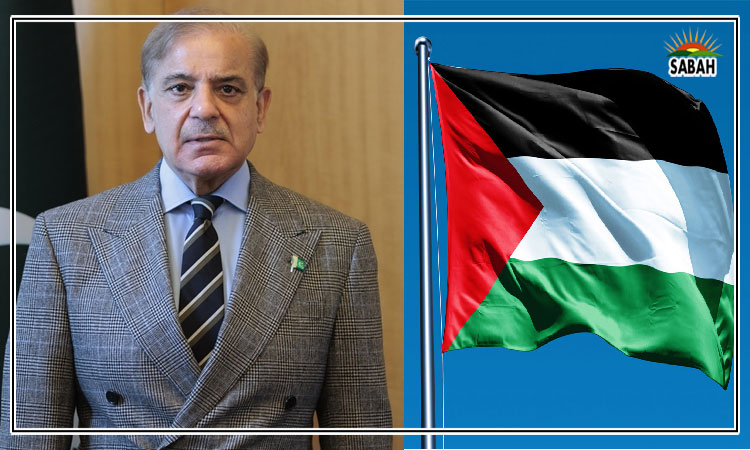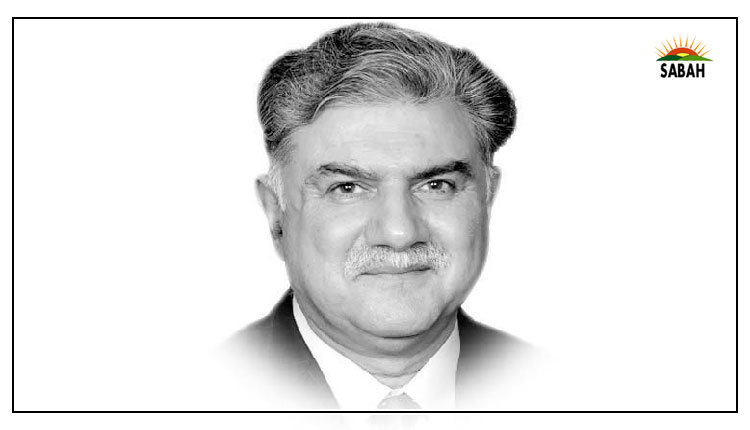More on corruption… failing the ANDSF… Maj Gen (Retd) Inam Ul Haque
The sad story of unravelling of Afghan National Defence and Security Forces (ANDSF) in August 2022 continues, as argued in the February 2023 report by SIGAR (Special Inspector General for Afghanistan Reconstruction), a US government entity.
Corruption was widespread among ANDSF rank and file, whether it was during recruitments, appointments, promotions, theft or sale of weapons, military equipment, and fuel. The sense perhaps was that it was okay to fleece the non-Muslim foreigners, weaken their diktat, steal and waste foreign-funded/provided resource; and just survive the system that had minimal Afghan ownership. In hindsight, Afghan perhaps never believed that the arrangement under US/NATO and Kabul regime, would last. The field did not believe in defending a state that did not care for them. The effect on ground was degraded combat effectiveness and cohesion.
Lack of clarity, changing performance metrices delayed transition of security responsibility from international to Afghan forces, and lowered morale of both ANA and ANP. Low morale, a key component of the collapse combined with corruption a key vulnerability; and the mix caused high attrition, negatively impacting development of a professional and disciplined force. ANA lost one-third force to attrition each year, whereas ANP lost one-fifth. The leading cause was poor leadership, exacerbated by lack of equipment, logistic support, and prolonged deployments in remote areas.
There were various methods of corruption like widespread nepotism, extortion, drug trade, theft of US/NATO-supplied equipment, some of which ended up in Taliban hands. Military budgets were diverted to personal use; contracts were overpriced; soldiers ended up getting poor quality equipment; and ghost soldiers inflated payrolls to the tune of around $300 million yearly. Salary payment to soldiers in cash through intermediaries/agents, resulted into salary skimming, at times equal a soldier or policemans half salary.
Mushrooming illegal check posts and tolls affected civilians, too. Extortion and bribery even impacted the national economy, as it drove foreign investors away. ANDSF corruption benefited Taliban narrative and recruitment.
Poor oversight by the US/NATO authorities encouraged theft of fuel, weapons, ammunition, and other supplies for profit. ANDSF never compiled accurate records of US/Coalition-supplied weapons. Almost 80% ANA troops sold ammunition (2016) ANP commanders likewise sold ammunition and vehicles and pocketed the profits.
A 2018 SIGAR audit estimated fuel theft alone, caused at least $154.4 million in losses. A provincial police chief (Kapisa Province) Brig Gen Abdul Karim Fayeq, orchestrated stealing about 60,000 gallons of fuel meant for Afghan troops. The US ironically demonstrated high tolerance for such corruption. Lower-level officials if guilty were severely punished, while senior officers evaded prosecution. During the early years of occupation, the US had partnered with warlords and their militias. These strongmen and other elites later occupied powerful offices after overthrowing the Islamic Emirate and engaged in corruption with abandon.
Efforts to stem corruption persistently failed due to the US/NATO reliance on these strongmen, lack of political will among Afghans to root out corruption, and Afghans ability to torpedo the most stringent and methodical anti-corruption systems for personal enrichment. For example, in 2006, President Hamid Karzai had to make 14 senior police appointments all connected to criminal networks. Perhaps corruption was the glue that held the cobbled Afghan political dispensation together and pliant. Moreover, mechanisms put in place to prevent corruption were secondary to warfighting and security. Aggressive foreign oversight also, ironically, stymied the growth of independent and capable Afghan bureaucracy a cherished goal.
In 2009, MCTF (Major Crimes Task Force) was set up inside the Afghan MOI, to investigate and punish high-level corruption including kidnapping and organised crime. Several of the MCTFs accused were linked directly to President Karzai. After learning investigators were closing on his inner circle, Karzai became increasingly combative, dubbing MCTF as international interference. His National Security Committee leader Mohammadzai Salehi, arrested by MCTF sleuths in June 2010 after a tense stand-off, had to be released within six hours on Karzais intercession. The ensuing tiff with Washington forced President Obama in September 2010 to halt investigations of high-level Afghan officials by all US agencies. These senior officials got away with stealing millions.
The US never could and never would impose conditions on American aid, thus contributing indirectly to corruption. There were no conditions before 2014 on funds flowing through CSTC-A to Afghan Ministries (Defense and Interior). After 2014, CSTC-A and the ANDSF signed commitment letters annually to receive funding, equipment, or infrastructure. This marginally helped the situation. However, these paper agreements lacked any meaningful buy-in from the Afghan government and CSTC-A poorly supervised compliance. Penalties, if imposed (for missing items, etc), were considered hurtful to ANDSF operational readiness. The Washington Beltway Contractor Community also reaped heavy windfalls. Its role in fostering corruption has never been investigated, even by SIGAR.
The sheer amount of money thrown at the Afghan problem by the US/Coalition ($100 billion in reconstruction assistance alone); the haste with which quick fixes were expected to deliver; and the compromises made by looking sideways, all added up to create and sustain a pervasive culture of corruption. Afghanistans limited ability to absorb and effectively use assistance funds was a significant concern. By spending money faster than it could be accounted for, America fueled corruption, delegitimised the Afghan government, and increased insecurity.
The US anti-corruption efforts and ensuing sanctions led Kabul to disown key security governance systems such as APPS (ANDSF pay system), etc. It affected Afghans too, who were unable to access information about their own forces and relied upon US advisors and contractors for data. Trainers/Advisors over-involvement in force development, operational planning, and security sector governance led retired General John Nicholson to comment, Maybe the coaches became the players.
Talibans actual and perceived infiltration led to deterioration of trust between ANDSF and foreign forces. Insider attacks were an effective means for gutting closeness, cohesion. As of October 2021 foreign units preferred unilateral combat operations without Afghan partners. They, enroute to target, would grab some Afghans to put an Afghan face on thinly veiled US operations.
And as previously argued, the US training, equipment procurement policies, and the evolution of military logistics from ground systems to direct air delivery during the last years of the Republic, also allowed corruption to remain entrenched. The foreign military sales process also led to ANDSF dependency. Transition from donated Soviet-era weaponry and equipment to Western weapons and equipment effective 2005 complicated the situation. The congressionally approved and DOD run pseudo-Foreign Military Sales led to avoidable wastage.
Courtesy The Express Tribune


